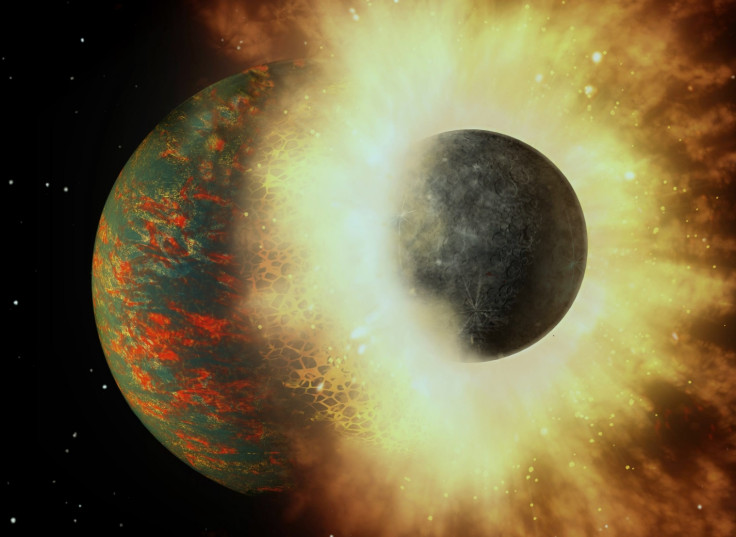Scientists review the age of Earth's inner core, give out new estimate
Scientists have come up with a new age estimate of earth's inner core, suggesting it to be much younger than previously thought.
The inner core of Earth might just be a billion years old, according to a new research. The new study that was conducted at the University of Texas at Austin's Jackson School of Geosciences in collaboration with The National Science Foundation and the National Natural Science Foundation of China simulated the conditions at the centre of the earth and found out it was relatively young.
Earth's inner core is its innermost geologic layer which is a solid ball of about 760 miles making it about 20 percent of the earth's radius. There are several theories about the age of the core that suggest it is could be 1.3 billion years to 4.5 billion years old or a recent estimate of only 565 million years. However, it remains a long-debated topic, to date.
Meanwhile, the team of researchers led by Jung-Fu Lin have further narrowed down the estimate suggesting that the age of inner core of earth might be somewhere between one billion and 1.3 billion years. The findings are based on data obtained in laboratory experiments that included simulation of similar conditions.
As per the press release, the experiment also investigated geodynamo of earth. It is the mechanism by which earth generates magnetic field.
"People are really curious and excited about knowing about the origin of the geodynamo, the strength of the magnetic field, because they all contribute to a planet's habitability," said Lin the leading author of the study.
The inner core of the earth is made up of solid iron and the outer part is liquid iron. The researchers have studied how iron transfers heat to arrive at an estimate of the age of the core. Meanwhile, the new research solves paradoxes created by previous theories suggesting younger estimates. The findings were unveiled after measuring the conductivity of iron under core-like conditions.
"We encountered many problems and failed several times, which made us frustrated, and we almost gave up," said article co-author Youjun Zhang, an associate professor at Sichuan University in China. "With the constructive comments and encouragement by Professor Jung-Fu Lin, we finally worked it out after several test runs."
The new estimates of the study revealed 50 percent less conductivity of the material in comparison to the young core estimate. The findings led scientists to understand that there are two different energy sources for the geodynamo to be maintained: Thermal convection and compositional convection.
"Once you actually know how much of that heat flux from the outer core to the lower mantle, you can actually think about when did the Earth cool sufficiently to the point that the inner core starts to crystalise," Lin concluded.

The study was published in the journal Physical Review Letters.
© Copyright IBTimes 2025. All rights reserved.





















